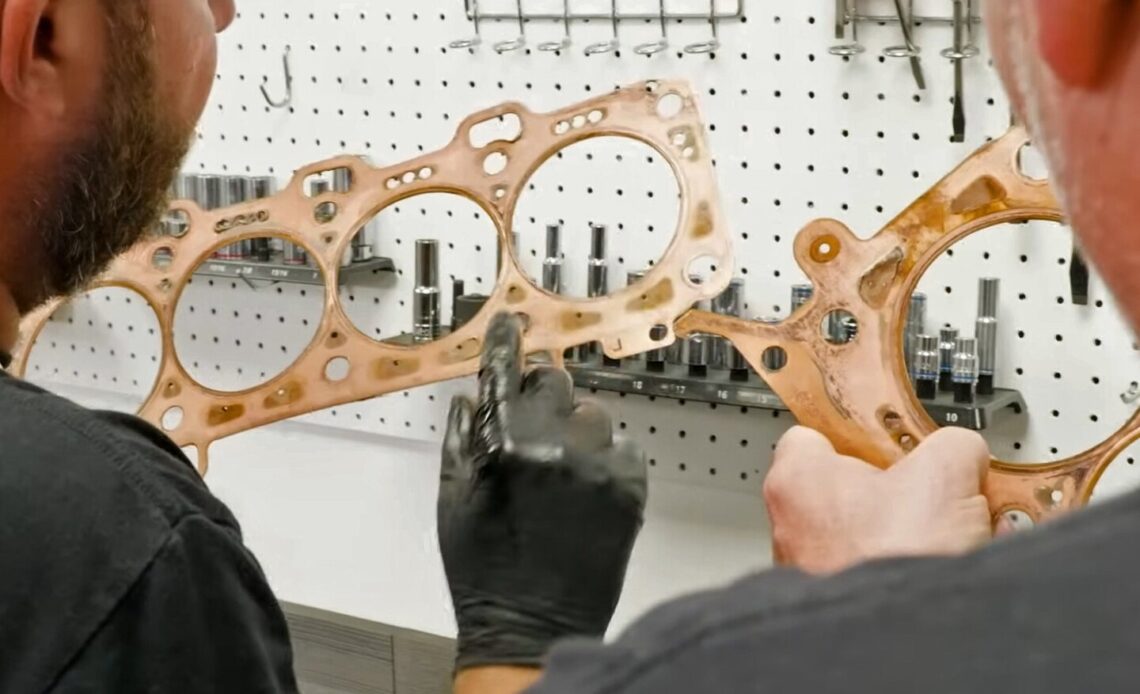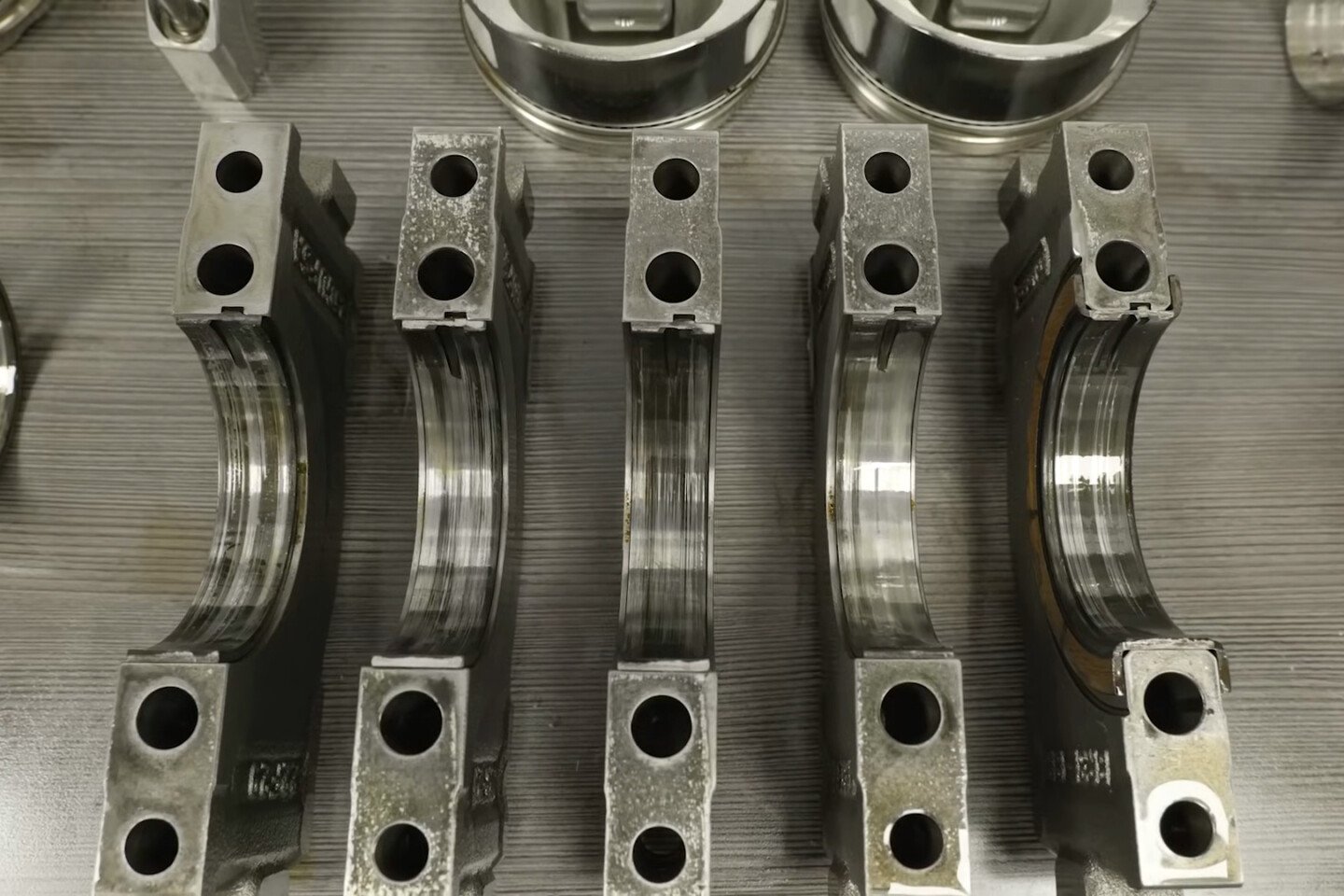The name “Brett LaSala” can be found both at the top of the qualifying lists of any competition he enters, as well as the power rankings for people using a stock block. While the definition of “stock block” is a source of contention around the office, the fact is, his block is not an aftermarket piece, and he’s making insane power with it. We featured LaSala’s engine in its 1,600-horsepower form six years ago, but it’s latest form is almost twice as powerful, while still using the stock crankshaft.
The question on everyone’s collective minds is how a production-based engine, using the stock crank, will hold up to all that abuse. LaSala was curious himself, which is why he not only took his engine to Fast Forward Racing Engines to tear it down and inspect it, he recorded it on video, to answer the masses. “At FL2K we were running over 50 pounds of boost, and saw some increased main-bearing wear with the stock crank,” says LaSala. “We’re going to tear down the engine and inspect all the systems, to see what we see.”
The copper head gaskets are O-ringed in a traditional high-power setup. There were no signs of leakage on the receiver-groove side, but some light glazing on the opposite side.
The first step in the teardown is to get the heads off of the block. With the valvetrain already removed, Both LaSala and Jay Meagher were interested to see how the head torque held up. FFRE heat cycled the engine via a hot-water tank when it was originally built, so that they could retorque the copper head gaskets before the valvetrain was installed and got in the way. Surprisingly, the torque values seemed to have slightly increased from installed torque. Interestingly, the engine only uses the basic ARP 8740 head stud kit.
“Let’s not discount the fact that we have an engine that is just over 300 cubic inches, spins over 10,000 rpm, only has four head bolts per cylinder, making in the neighborhood of 3,000 horsepower,” remarks Meagher. As the heads come off, the team looks at the copper head gasket and how the O-rings held up, only finding a slight hint of clamp load deficiency, right at the water jacket, on the non-receiver side. “These numbers that are the norm nowadays, they would be straight-up fairytales 20 years ago,” says Meagher.
Click Here to Read the Full Original Article at DragzineDragzine…


